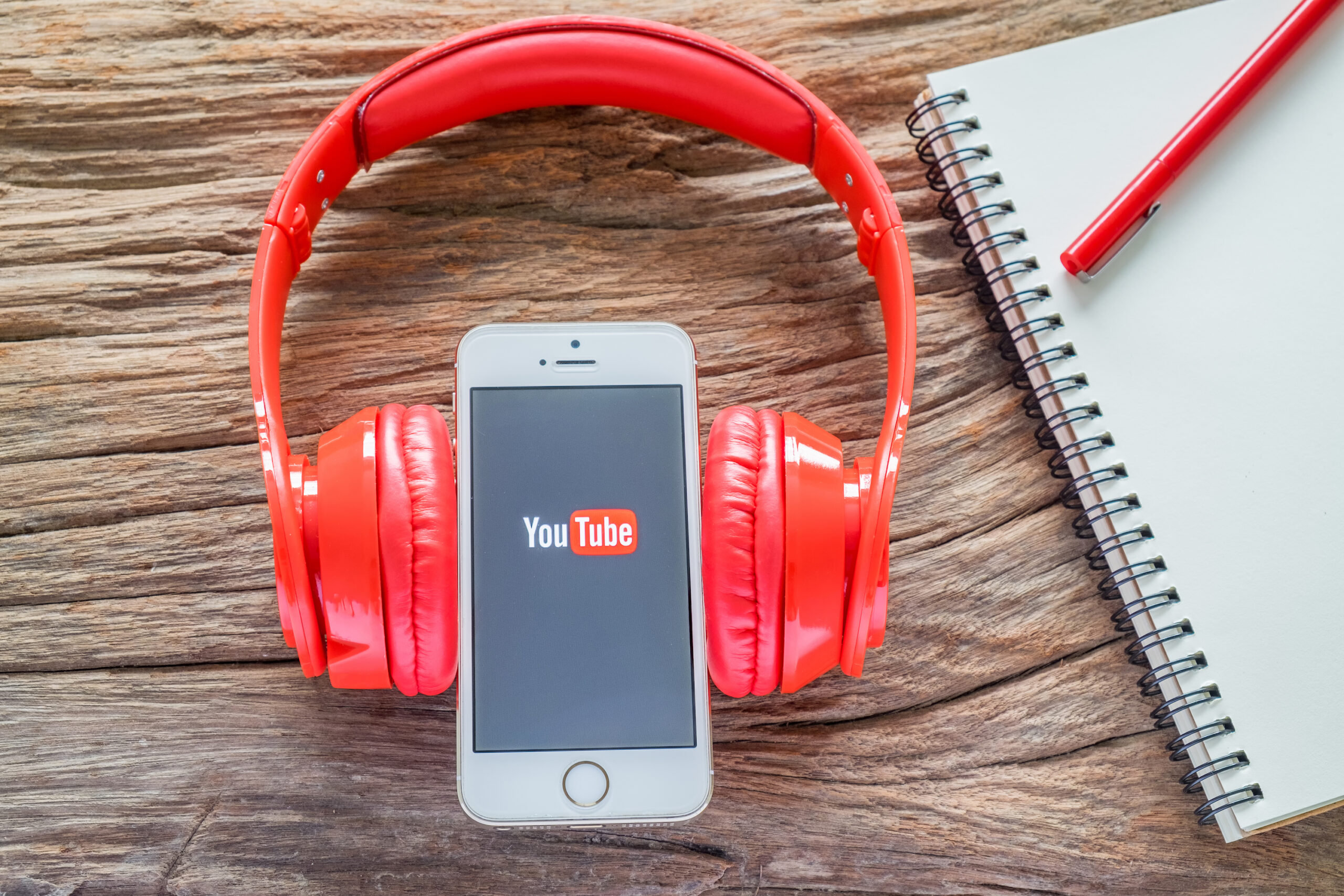SEO
YouTube Announces Music Industry Partnership For Responsible AI

Artificial Intelligence (AI) is no longer a distant reality; it’s already here, shaping creativity, fueling new concepts, and transforming industries.
So far, in 2023, YouTube videos on generative AI have received over 1.7 billion views.
In a recent blog post, YouTube’s CEO, Neal Mohan, emphasized the need to seize AI’s potential responsibly.
YouTube hopes to lead the future of creative freedom and integrity, where musicians, artists, and content creators stand at the forefront of innovation.
Accepting And Embracing AI With Strategic Partnerships
YouTube has always been synonymous with music, linking fans worldwide, fostering iconic videos, and launching emerging talents.
Its partnership with the music industry has led to the creation of YouTube Music and Premium subscription services, new global livestreaming capabilities, and diligent protection of artists’ copyrights.
Recently, YouTube has worked with partners in the music industry, like Universal Music Group, to formulate an AI framework to innovate while safeguarding artists’ work.
To harness this progressive field, YouTube introduced its Music AI Incubator. Collaborating with Universal Music Group, the initiative brings together globally renowned artists to gather insights on generative AI experiments and research.
Protection And Opportunities For Music Partners
With AI fostering a new era of creative expression, YouTube continues its legacy of safeguarding the creators’ work.
Investment in rights management technology, like Content ID, has enabled revenue generation for the industry, and the evolution of AI presents an opportunity to reimagine these protections.
Scaling Trust And Safety Policies To Meet AI Advancements
Years of investment in policies and trust have positioned YouTube to extend its safeguards to AI-generated content.
The challenges posed by generative AI, like copyright abuse and misinformation, are counteracted by YouTube’s commitment to bolster AI-powered technology to protect its community.
Striking The Balance Between AI And Artists
Sir Lucian Grainge, Chairman and CEO of Universal Music Group, also shared his thoughts on the future of AI in music in a separate article.
Grainge’s memories date back to the 1980s in London, where he witnessed the introduction of the Fairlight CMI—the world’s first commercially available sampler.
From the music of Kate Bush to Frankie Goes to Hollywood, it became evident that music production was transforming.
Digital manipulation, once viewed with skepticism by some, gave rise to boundless creativity.
Generative AI, Grainge believes, stands to create an even more significant impact, provided the industry strikes the right balance.
AI’s potential is not without its pitfalls. The technology could also misappropriate and misattribute an artist’s unique characteristics.
Grainge emphasized the need for infrastructure, innovative partnerships, scaled distribution, and safeguards to ensure artists’ freedom and fair compensation.
Moving Forward With Generative AI
The insights from this article show how strongly YouTube believes in the transformative power of generative AI to invigorate creativity.
The three principles shared by YouTube’s CEO set a robust foundation where artists, songwriters, producers, and the entire industry thrive.
Continued advancements in AI open a gateway for content creators and marketers to create higher-quality content while maintaining original content creators’ integrity and authenticity.
Featured image: MIND AND I/Shutterstock

![How AEO Will Impact Your Business's Google Visibility in 2026 Why Your Small Business’s Google Visibility in 2026 Depends on AEO [Webinar]](https://articles.entireweb.com/wp-content/uploads/2026/01/How-AEO-Will-Impact-Your-Businesss-Google-Visibility-in-2026-400x240.png)
![How AEO Will Impact Your Business's Google Visibility in 2026 Why Your Small Business’s Google Visibility in 2026 Depends on AEO [Webinar]](https://articles.entireweb.com/wp-content/uploads/2026/01/How-AEO-Will-Impact-Your-Businesss-Google-Visibility-in-2026-80x80.png)















